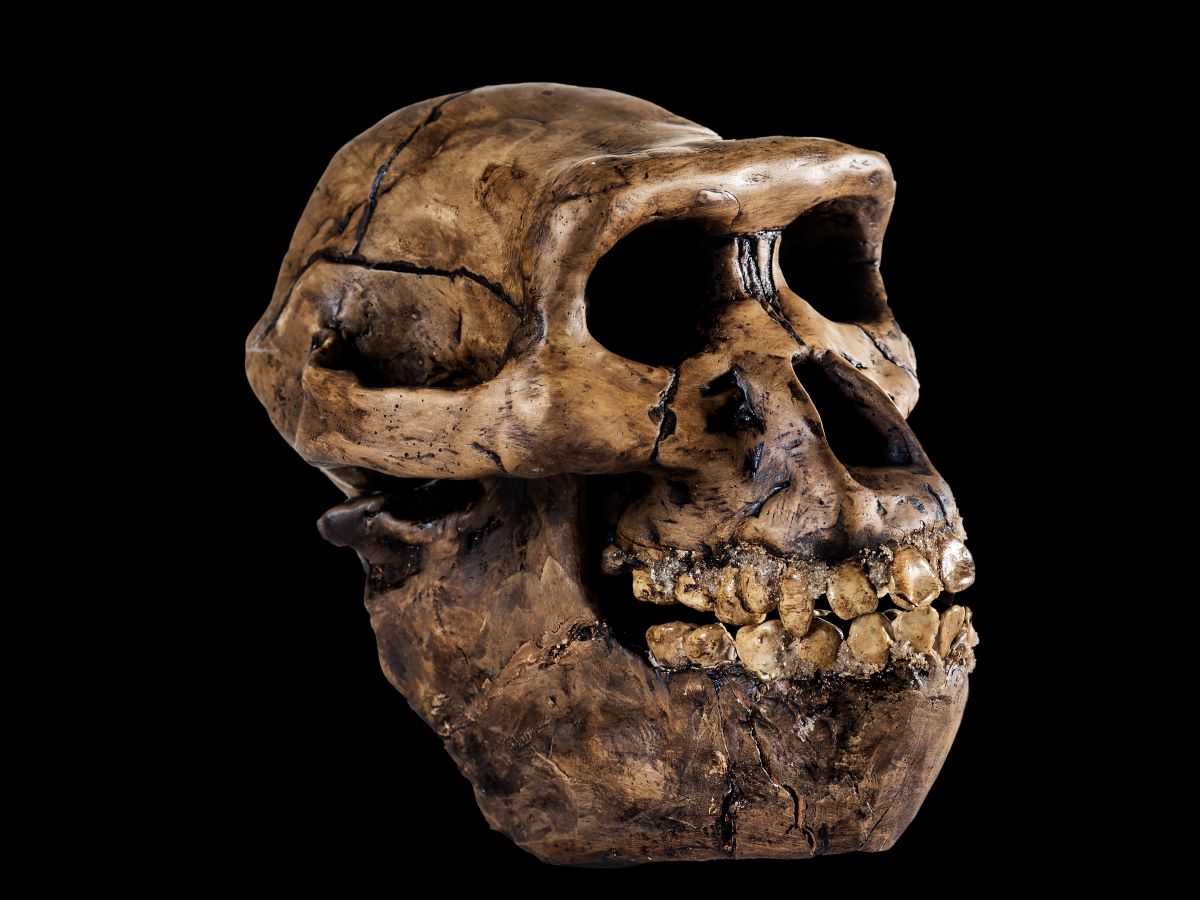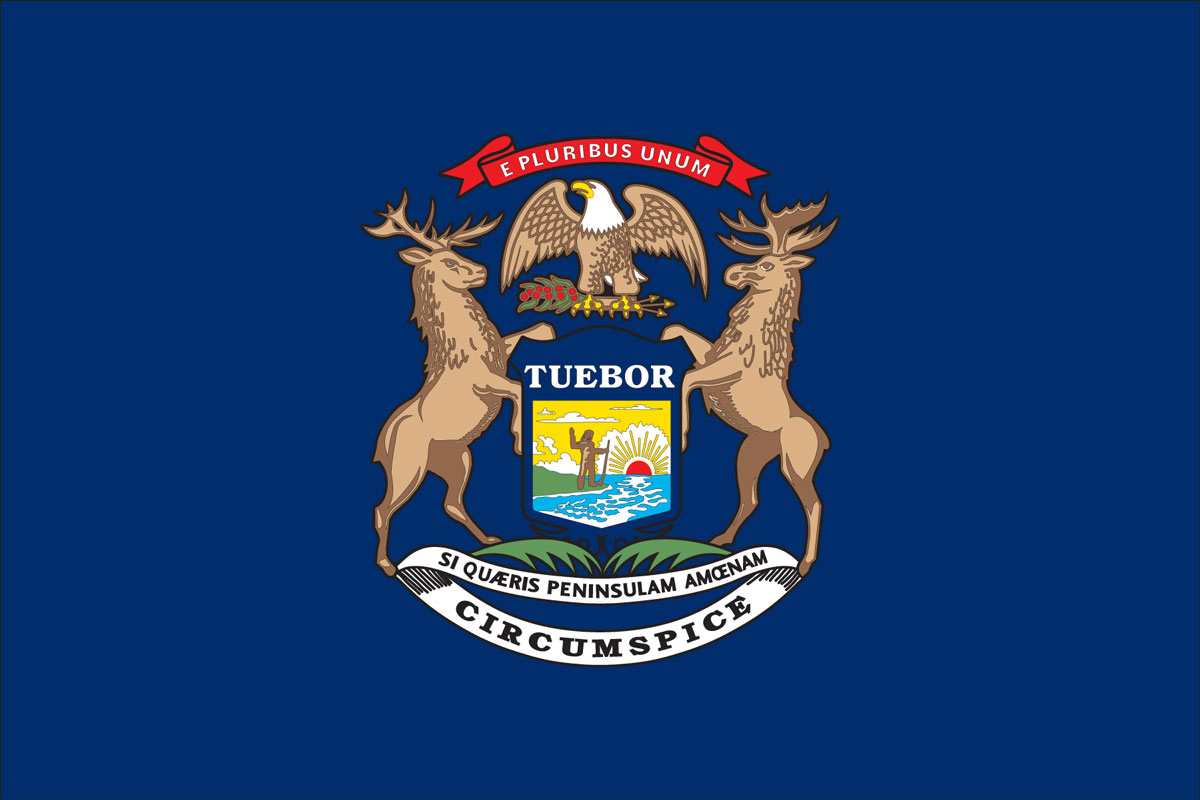
Ever wondered what life was like for early humans? Imagine a world without smartphones, cars, or even basic tools. Early humans had to rely on their wits and the environment to survive. They were hunters, gatherers, and explorers, constantly adapting to new challenges. From discovering fire to creating the first tools, these ancient ancestors laid the groundwork for modern civilization. But what were their daily lives like? How did they communicate, find food, or protect themselves from predators? In this blog post, we'll uncover 20 fascinating facts about early humans that will give you a glimpse into their incredible journey. Get ready to step back in time and learn about the origins of humanity!
Early Human Evolution
Understanding early human evolution helps us grasp our origins. Here are some fascinating facts about our ancient ancestors.
-
Homo sapiens emerged around 300,000 years ago in Africa. This species is our direct ancestor.
-
Neanderthals lived in Europe and parts of Asia. They coexisted with early Homo sapiens for thousands of years.
-
Australopithecus afarensis, like the famous "Lucy," lived about 3.9 to 2.9 million years ago. They walked upright but still climbed trees.
-
Homo habilis, known as "handy man," used simple stone tools. They lived around 2.4 to 1.4 million years ago.
Tools and Technology
Early humans developed tools and technology that changed their way of life. These innovations were crucial for survival.
-
Oldowan tools are the oldest known stone tools, dating back about 2.6 million years. They were simple but effective.
-
Acheulean tools, like hand axes, appeared around 1.76 million years ago. These tools were more advanced and versatile.
-
Fire control was a game-changer. Early humans learned to use fire for cooking, warmth, and protection around 1 million years ago.
-
Spears and hunting tools were developed by Homo heidelbergensis around 400,000 years ago. This improved hunting efficiency.
Social Structures
Early humans had complex social structures that helped them survive and thrive in harsh environments.
-
Family groups were essential for survival. Early humans lived in small groups, sharing resources and responsibilities.
-
Communication evolved over time. Early humans likely used gestures and simple sounds before developing more complex languages.
-
Burial practices suggest early humans had beliefs about the afterlife. Neanderthals buried their dead with tools and flowers.
-
Art and symbolism appeared around 40,000 years ago. Cave paintings and carvings show early humans expressed themselves creatively.
Migration and Adaptation
Early humans were highly adaptable and migrated across the globe, facing various challenges along the way.
-
Out of Africa theory suggests Homo sapiens migrated from Africa to other continents around 60,000 years ago.
-
Ice Age adaptations were crucial for survival. Early humans developed clothing and shelters to withstand cold climates.
-
Island hopping allowed early humans to reach distant lands. Homo floresiensis, or "Hobbits," lived on the Indonesian island of Flores.
-
Bering Land Bridge provided a route for humans to enter the Americas around 15,000 years ago.
Diet and Lifestyle
Early human diets and lifestyles were diverse, reflecting their adaptability to different environments.
-
Hunter-gatherer lifestyle was the norm. Early humans hunted animals and gathered plants for food.
-
Meat consumption played a significant role in brain development. Early humans' diets included meat, which provided essential nutrients.
-
Agriculture began around 10,000 years ago. This shift allowed humans to settle in one place and form larger communities.
-
Domestication of animals started with dogs. Early humans domesticated dogs for hunting and companionship around 15,000 years ago.
The Final Word on Early Humans
Early humans were fascinating. From hunting techniques to fire-making skills, they laid the groundwork for modern society. Their tool-making abilities and social structures show how adaptable and innovative they were. Understanding their migration patterns helps us see how they spread across the globe, shaping cultures and civilizations.
Their diet and lifestyle reveal much about their daily lives and survival strategies. They weren't just surviving; they were thriving in their environments. Their art and rituals give us a glimpse into their beliefs and values.
Learning about early humans isn't just about the past. It helps us understand our present and future. Their resilience and ingenuity are lessons for us all. So, next time you think about our ancestors, remember they were pioneers in every sense. Their legacy lives on in us.
Was this page helpful?
Our commitment to delivering trustworthy and engaging content is at the heart of what we do. Each fact on our site is contributed by real users like you, bringing a wealth of diverse insights and information. To ensure the highest standards of accuracy and reliability, our dedicated editors meticulously review each submission. This process guarantees that the facts we share are not only fascinating but also credible. Trust in our commitment to quality and authenticity as you explore and learn with us.


